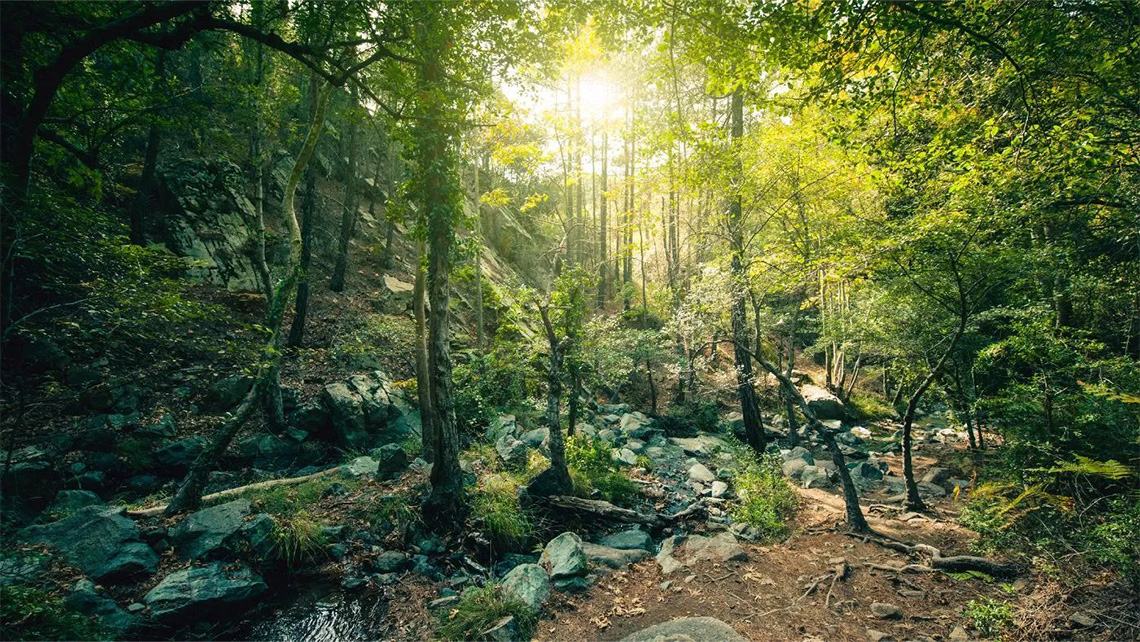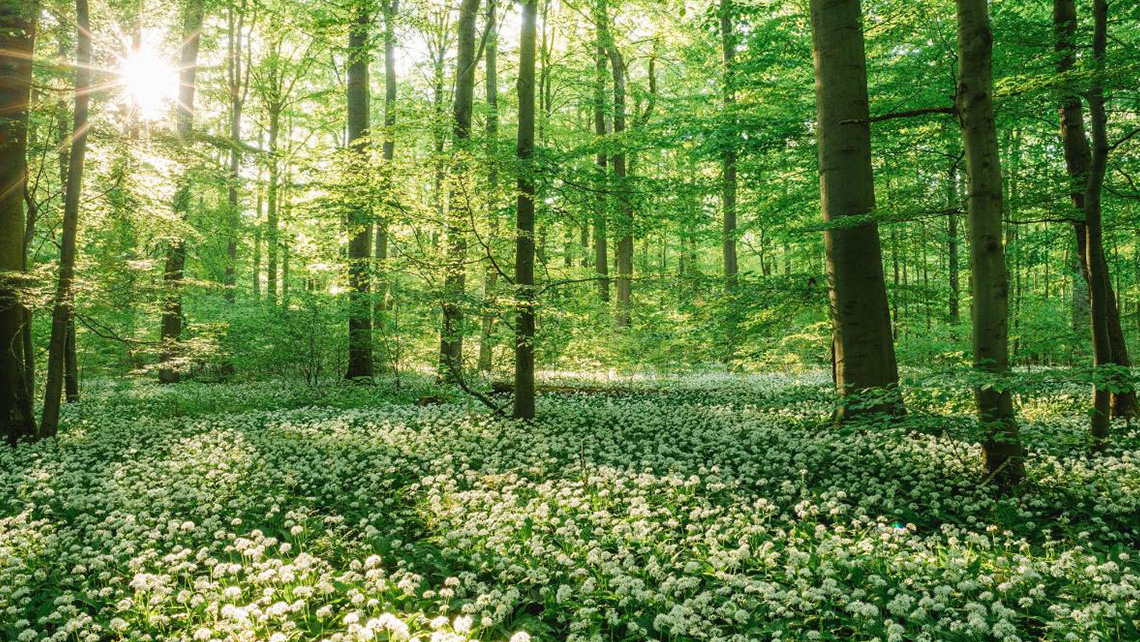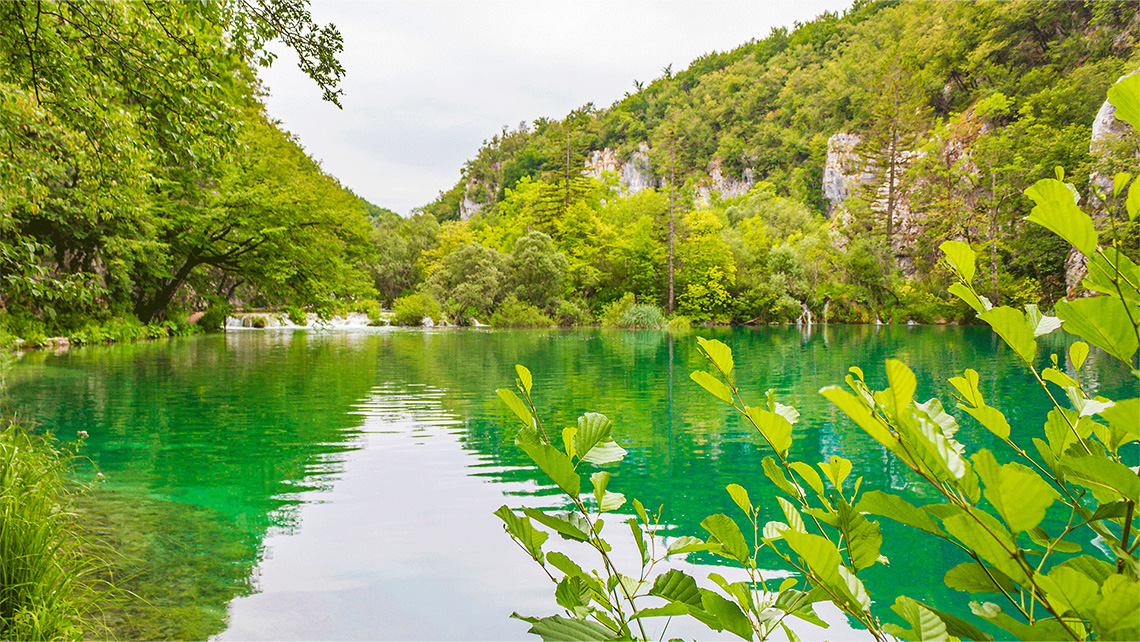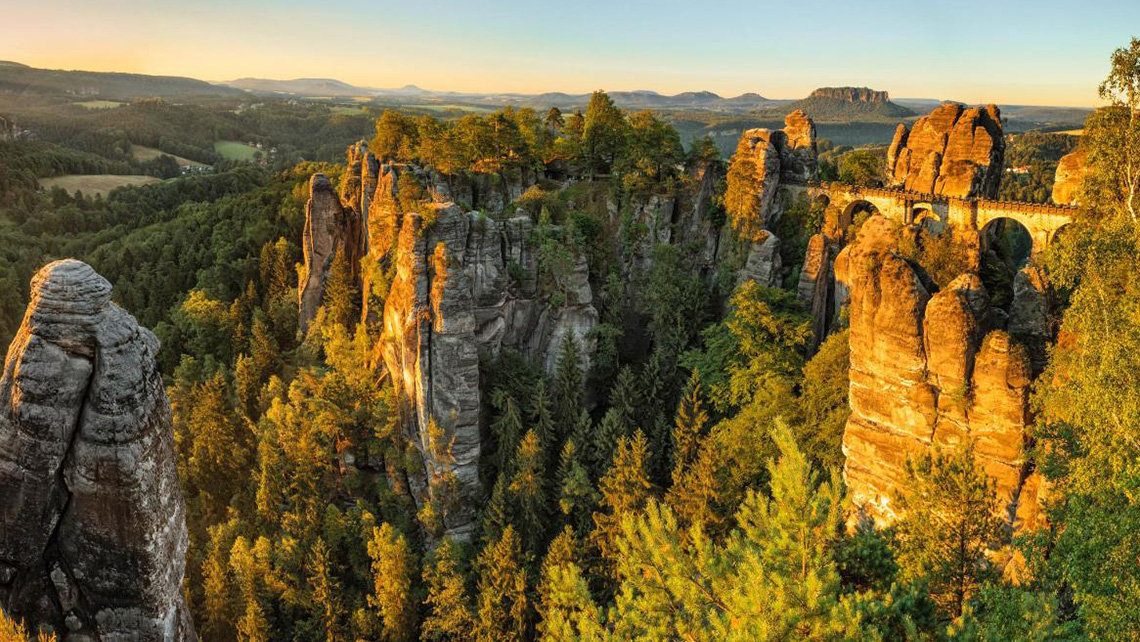
Protecting ecosystems is becoming increasingly important, but so is restoring them. The latter is called restoration. It reduces the vulnerability of ecosystems, increases biodiversity and even enhances carbon sequestration. But just as importantly, ecosystems can also help mitigate and prevent drought damage.
What is forest restoration?
In fact, human destruction of the environment has been ongoing since the last ice age, and it is increasing. Major milestones include the emergence of agriculture, the deforestation of the Mediterranean beginning in antiquity, the continued large-scale exploitation of wood in the Middle Ages (the almost complete disappearance of forests in England), and capitalist globalism after the Second World War.
Since the Earth's historic period, known as the Anthropocene, we have increasingly transformed our environment. This has led to the decline, increasing fragility and sometimes the disappearance of natural ecosystems. It is this process that restoration seeks to mitigate and reverse.
For example, Hungary was 84-85% forested before the advent of civilisation. This area had been halved by the time of the conquest and has since shrunk to just over 20%. These areas have been taken over by the built environment (towns, roads) and cultivated areas (ploughs, pastures, planted forests), so that former forests and plant communities have declined or disappeared. Many of these are irrecoverable, either because they have been taken over by cities or because the environment and soil have been so altered that the species living there would need centuries or millennia to reclaim the area. Chernobyl, after all, was reclaimed by nature in a few decades, but the question is how far the newly formed association corresponds to the previous one.
Reforestation is therefore the replanting and re-establishment of a previously existing ecological community.
It is important to note that forests are not the only authentic, undisturbed landscape. They are less talked about and are sometimes mistakenly seen as part of agricultural activity, but grasslands can also be 'primeval forests'. The best example of this can be found in Croatia on the Lika plateau.
Why is forest restoration a good idea?
The droughts, which have been worsening for years and decades, are partly due to inadequate water management and partly to river regulation, which has radically changed the water cycle in the Hungarian region of the Great Plain, for example. Natural communities, even in small patches, can have a positive local impact. Beaver reintroduction, for example, causes natural damage, but beaver dams are effective in retaining water in smaller watercourses, thus raising groundwater levels in the area. Small groups and strips of trees bordering or crossing fields can also provide moisture to plants in their immediate vicinity.
Increasing attention is also being paid to forest restoration as a mitigation measure. Healthy plant communities are more effective at sequestering carbon, while damaged plant communities are less able to sequester carbon. 'Diseased' plant communities lack decomposition products and processes to recycle carbon and methane from decomposition.
It is calculated that revitalising 15 per cent of reforested ecosystems could sequester one third of the carbon dioxide released into the atmosphere since the industrial revolution. It could also have an additional positive impact on the environment by conserving endangered species and biodiversity.


Green islands in the city
On a smaller scale, the creation of Miyawaki gardens in cities can also be seen as environmental rehabilitation. The method was developed by the eminent Japanese plant ecologist Miyawaki Akira. We are talking about small patches of forest, mini forests, with a species composition that matches the native species composition found in the area. The special feature of the planting is that the forest tree seedlings are planted very densely together in a random arrangement. These plants grow faster because competition for light and nutrients is more intense than with a single ornamental tree. Backyard gardens that help maintain biodiversity can be a similar solution.







